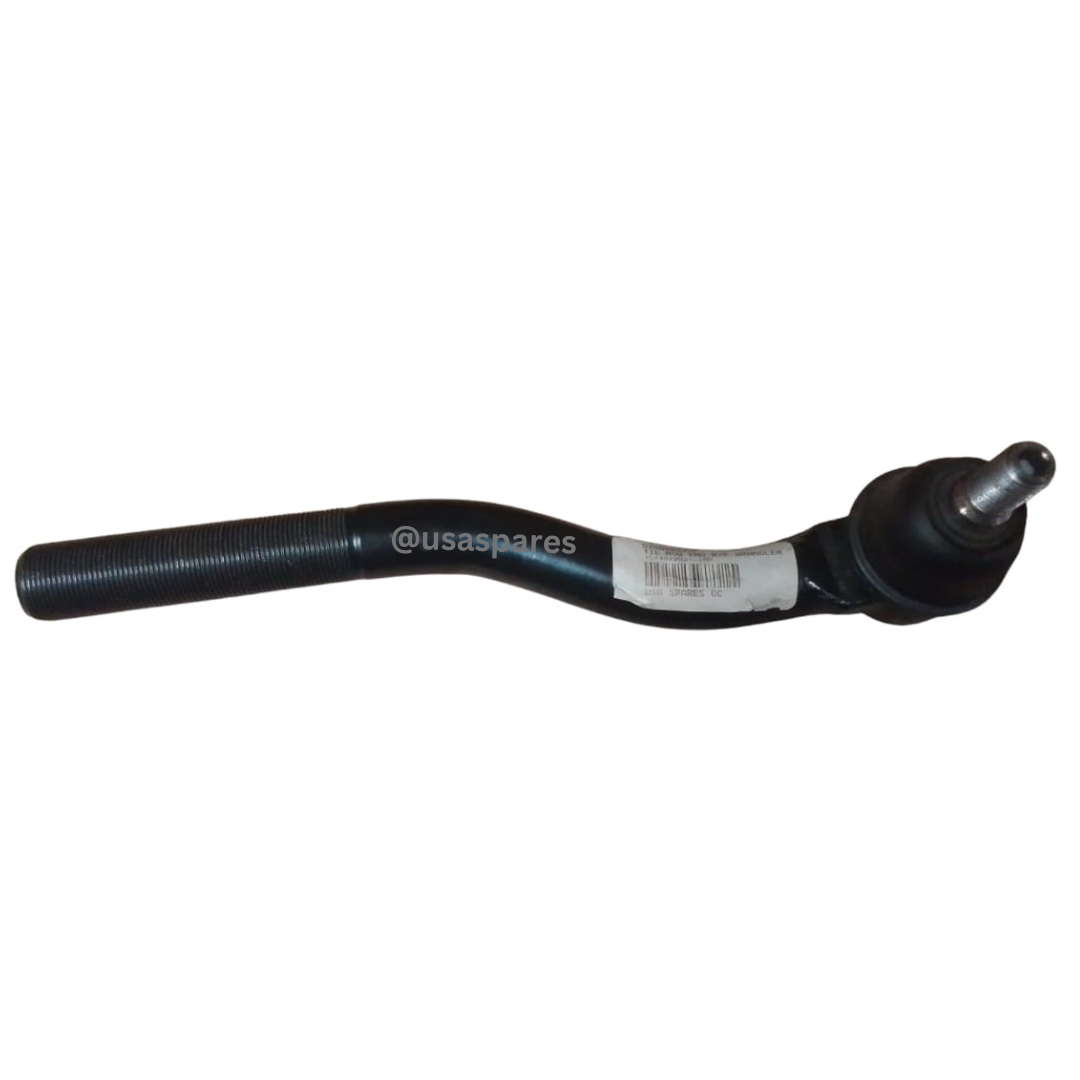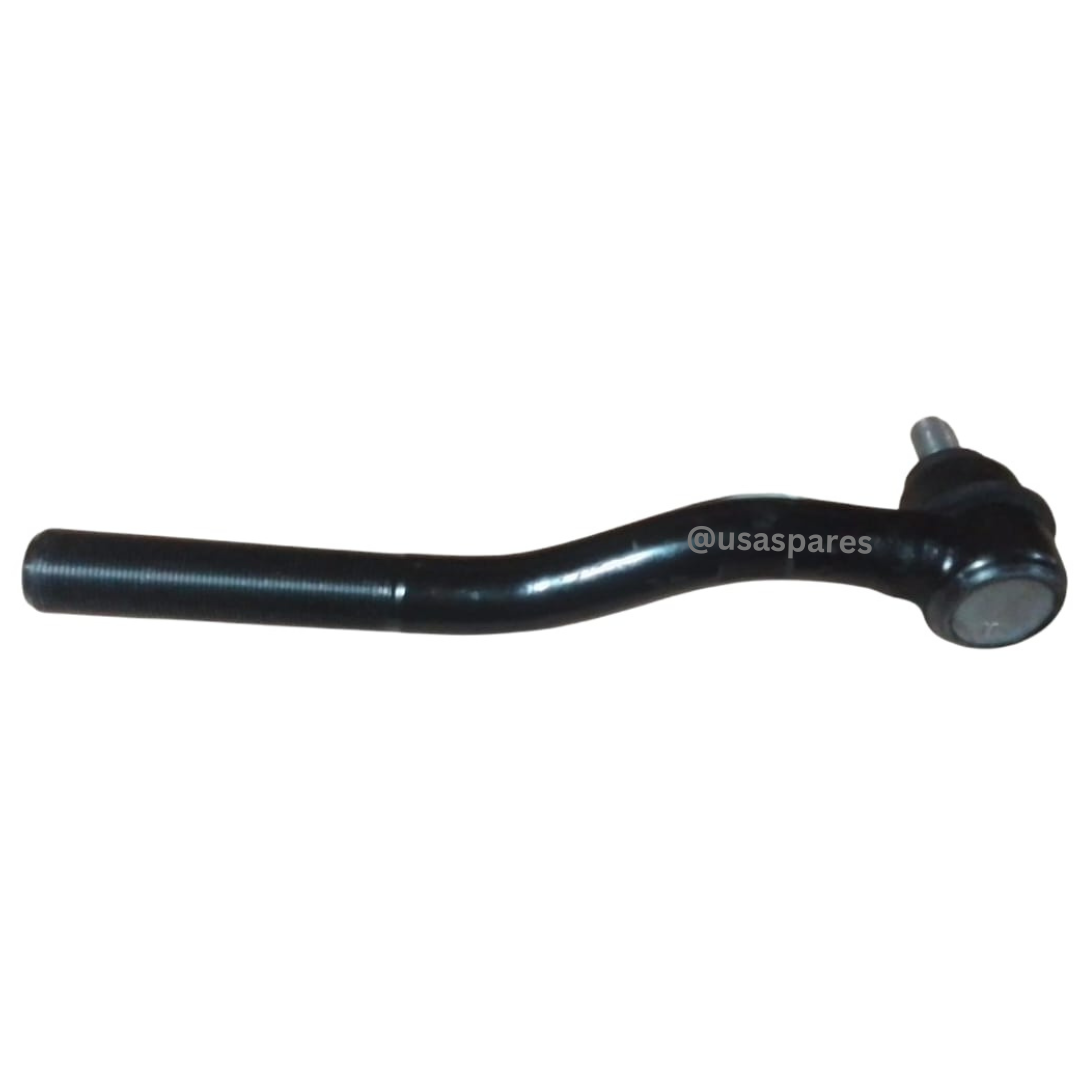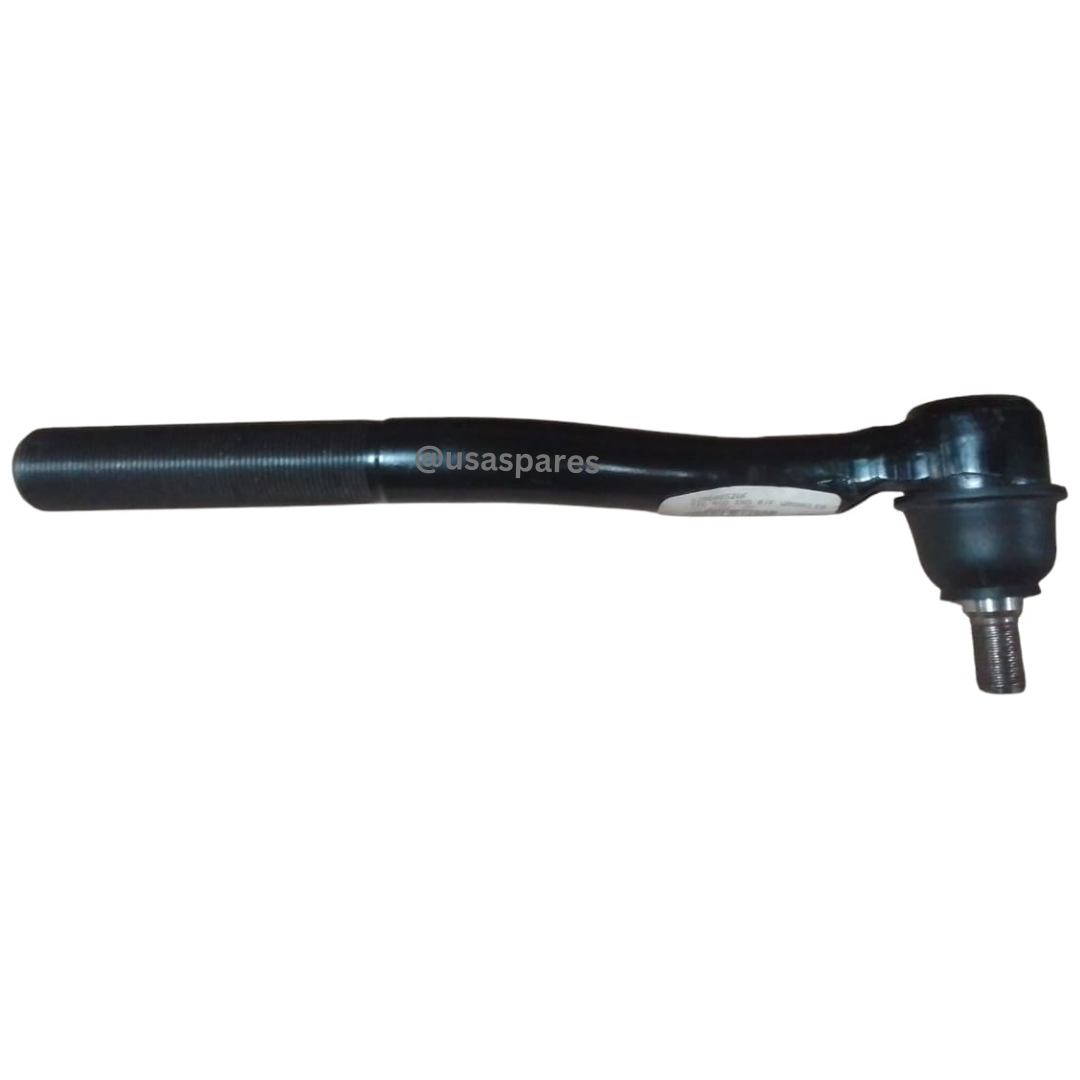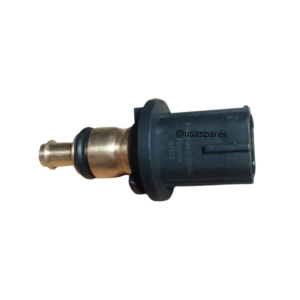Description
Overview of Jeep Wrangler Front Tie Rod Ends
The Jeep Wrangler Front Tie Rod Ends are crucial components of the vehicle’s steering system. Specifically, they are responsible for connecting the steering linkage to the wheel hubs. Moreover, these parts play a vital role in ensuring precise steering control, stability, and alignment while driving. In addition, by transmitting force from the steering gear to the wheels, tie rod ends allow the wheels to turn in response to steering inputs. Consequently, they are essential for safe and responsive handling.
Functions of Jeep Wrangler Front Tie Rod Ends
1. Steering Control and Precision
The Front Tie Rod Ends help maintain accurate steering response, ensuring the vehicle turns smoothly and predictably based on driver input.
2. Wheel Alignment and Stability
By keeping the wheels properly aligned, the tie rod ends prevent uneven tire wear, improve stability, and contribute to overall driving comfort.
3. Shock Absorption and Flexibility
The tie rod ends help absorb minor shocks and impacts from road surfaces, allowing for smoother handling and reducing stress on other suspension components.
4. Maintaining Suspension Integrity
In combination with other steering components, the Front Tie Rod Ends ensure that the vehicle’s suspension remains properly aligned, preventing excessive strain on ball joints and wheel bearings.
Construction and Materials of Jeep Front Tie Rod Ends
1. Heavy-Duty Steel Construction
To withstand the demands of off-road and on-road driving, the Front Tie Rod Ends are typically constructed from high-strength steel, ensuring durability and resistance to impact.
2. Protective Coating for Corrosion Resistance
Many tie rod ends feature a protective coating, such as zinc plating or powder coating, to prevent rust and corrosion, especially in harsh driving environments.
3. Greasable vs. Sealed Design
Some Front Tie Rod Ends come with grease fittings, allowing for periodic lubrication and extended lifespan, while others are sealed for maintenance-free operation.
Signs of Worn or Failing Jeep Wrangler Front Tie Rod Ends
1. Loose or Unresponsive Steering
A worn tie rod end may result in excessive play in the steering wheel, making the vehicle feel less responsive and harder to control.
2. Uneven or Excessive Tire Wear
If the Front Tie Rod Ends are failing, they may cause improper wheel alignment, leading to uneven or accelerated tire wear.
3. Clunking or Knocking Noises
A damaged tie rod end may produce knocking or clunking sounds, especially when turning or driving over rough terrain.
4. Steering Wheel Vibration
Excessive vibration in the steering wheel, particularly at higher speeds, can indicate a failing tie rod end that is no longer providing a firm connection between the steering components.
5. Vehicle Pulling to One Side
If the tie rod ends are worn or damaged, the wheels may become misaligned, causing the Jeep Wrangler to drift or pull to one side while driving.
Importance of Replacing Jeep Wrangler Front Tie Rod Ends
1. Ensuring Safe Steering Performance
Maintaining functional Front Tie Rod Ends is essential for precise and predictable steering, reducing the risk of accidents caused by poor handling.
2. Preventing Further Suspension Damage
Worn tie rod ends can place additional stress on other steering and suspension components, leading to costly repairs if not addressed promptly.
3. Extending Tire Lifespan
Properly functioning tie rod ends help maintain wheel alignment, preventing premature and uneven tire wear, which can save money on replacements.
4. Improving Overall Driving Experience
Replacing worn tie rod ends enhances steering response and stability, making the Jeep Wrangler easier and more enjoyable to drive on and off-road.
How to Replace Front Tie Rod Ends
1. Choosing the Right Failing Jeep Wrangler Front Tie Rod Ends
When selecting replacement Front Tie Rod Ends, it is crucial to choose high-quality OEM or aftermarket parts designed for durability and compatibility with the vehicle’s specifications.
2. Professional vs. DIY Installation of the Jeep Wrangler Front Tie Rod Ends
Although some experienced Jeep owners may choose to replace tie rod ends themselves using basic tools, in contrast, professional installation ultimately ensures proper alignment and safety.
3. Alignment After Replacement
After installing new tie rod ends, a professional wheel alignment is recommended to ensure that the wheels are correctly positioned for optimal handling and tire wear.








